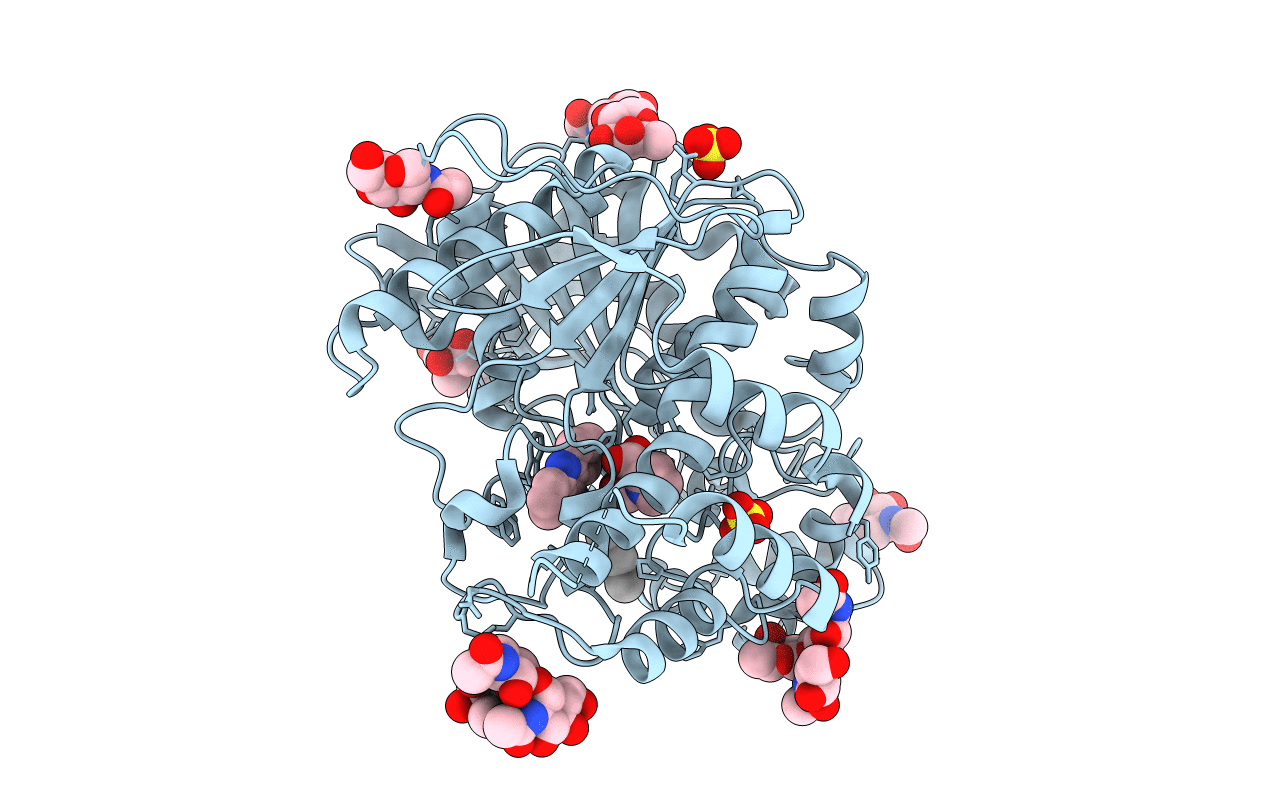
Deposition Date
2012-10-06
Release Date
2013-05-29
Last Version Date
2023-12-20
Method Details:
Experimental Method:
Resolution:
2.10 Å
R-Value Free:
0.20
R-Value Work:
0.17
R-Value Observed:
0.17
Space Group:
I 4 2 2


